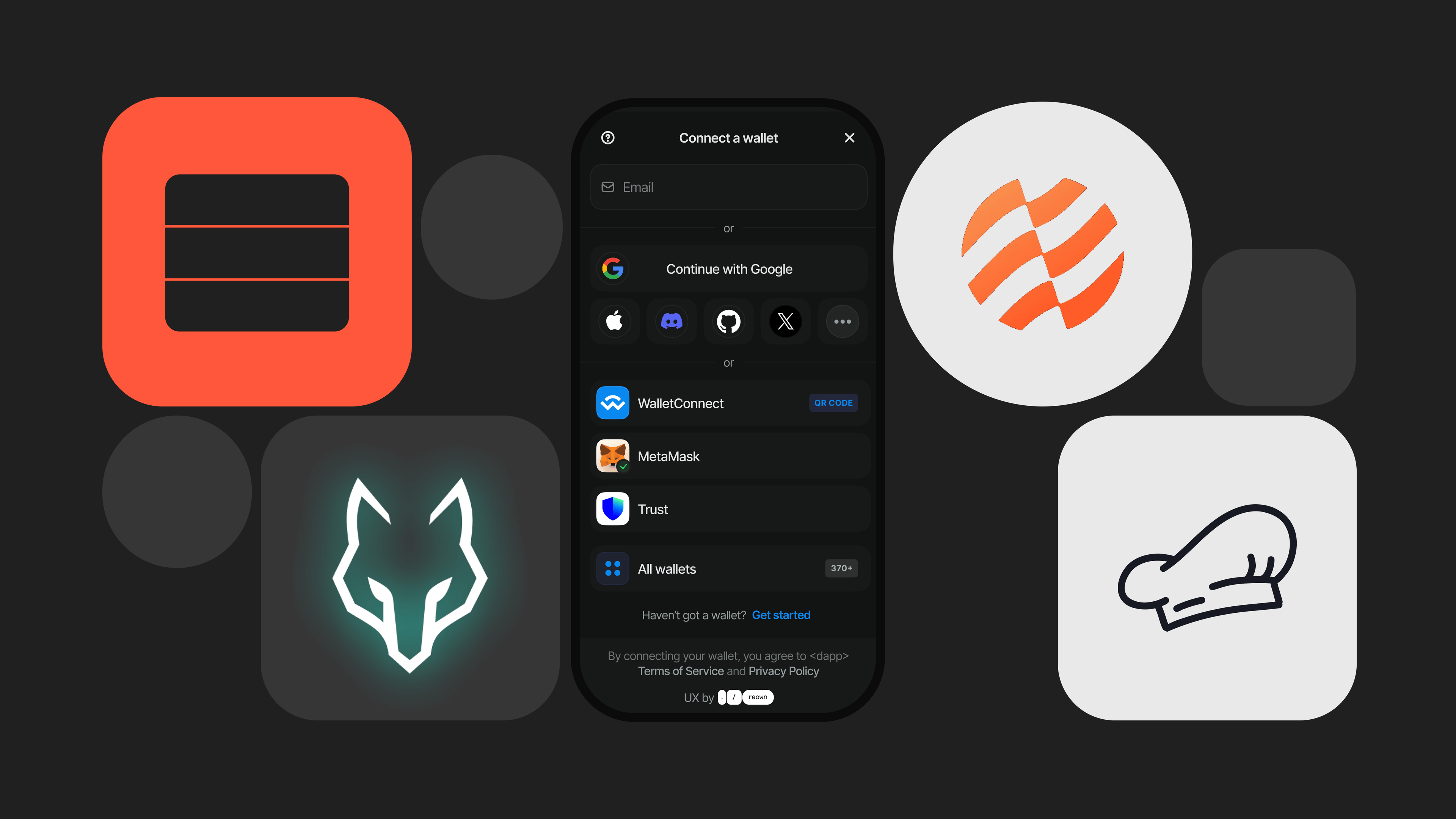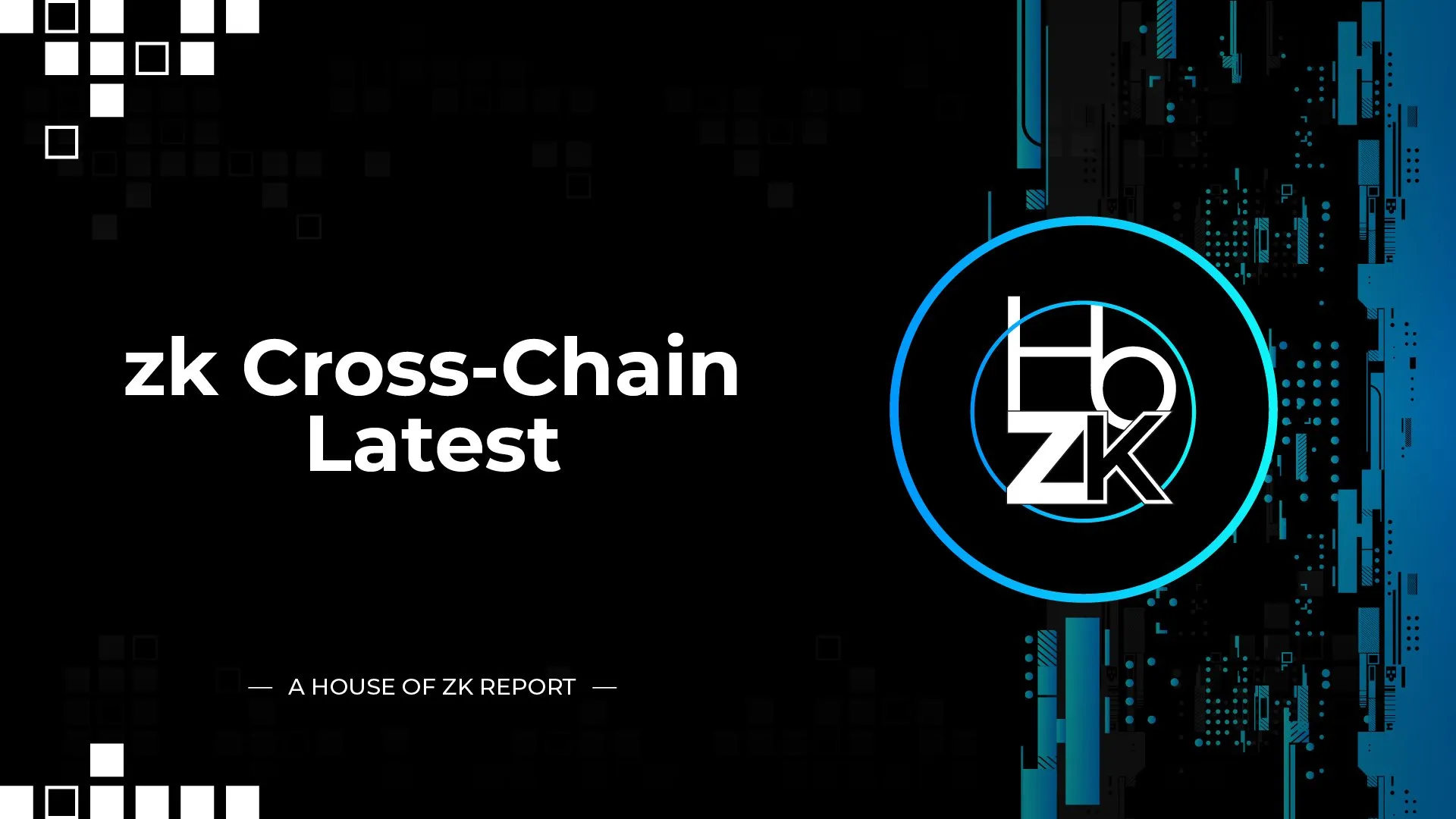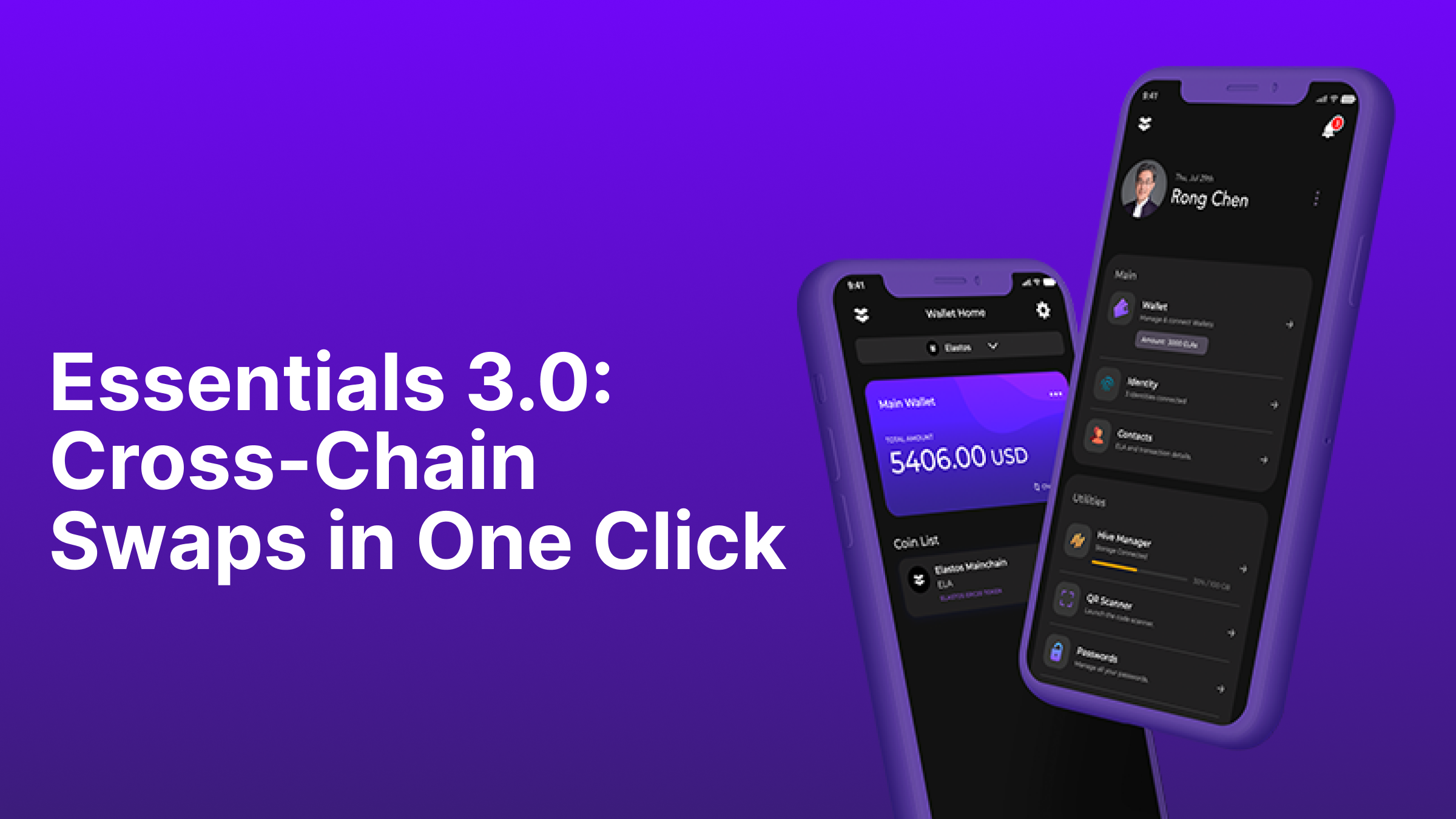
Imagine managing your entire DeFi portfolio across Ethereum, Solana, and Layer 2s, without ever toggling networks or fumbling with bridges. In 2025, this isn’t just a dream for power users; it’s the new normal, thanks to chain abstraction UX. The days of wrestling with fragmented wallets and opaque cross-chain fees are fading fast as unified wallet solutions take center stage.

Unified Wallets: The Heartbeat of Cross-Chain UX
At the core of this revolution is the unified crypto wallet. Modern cross-chain wallets aggregate assets from disparate blockchains into one seamless dashboard. No more painstakingly checking balances on Ethereum, then Polygon, then Arbitrum, now you see your total stablecoin holdings (like USDC and USDT) instantly, regardless of which network they’re parked on. This approach not only streamlines asset management but also reduces cognitive overhead for both beginners and seasoned DeFi users.
Platforms like Reown have set the bar high by offering aggregated views that make multi-chain portfolios feel as intuitive as traditional banking apps. This kind of design is pushing the boundaries of cross-chain wallet solutions, making DeFi genuinely accessible to all.
AI-Powered Transaction Routing: Smarter Paths, Lower Costs
The magic doesn’t stop at visualization. Chain abstraction in 2025 leverages AI-driven algorithms to handle transaction routing behind the scenes. Instead of manually comparing bridge fees or worrying about slippage across networks, users simply pick their destination, the system does the rest. Platforms like zkCross Network have pioneered these AI-powered routers, ensuring that transactions are not only cost-effective but also lightning fast.
This shift is pivotal for blockchain interoperability. It means users can swap tokens or provide liquidity across chains with a single click, without ever seeing an error message about unsupported networks or stuck transactions, a far cry from the clunky workflows that plagued earlier DeFi interfaces.
Simplified Interactions: One-Click Swaps and Beyond
The real test of any UX upgrade is friction, or rather, its absence. Thanks to chain abstraction, what used to take six steps (and three browser tabs) now takes one. Features like one-click swaps across EVM chains are fast becoming standard, dramatically boosting transaction completion rates and user satisfaction.
This isn’t just about convenience; it’s about unlocking entirely new behaviors in DeFi. With less time spent navigating technical hurdles, users can focus on strategy, whether that’s yield farming across multiple blockchains or seizing arbitrage opportunities without delay. For developers and protocol designers alike, these breakthroughs signal a new era where multi-chain wallet design finally prioritizes human experience over protocol complexity.
Security, often the Achilles’ heel of cross-chain activity, has also seen a major upgrade through chain abstraction. By automating transaction pair matching and leveraging new verification standards, wallets can now alert users to suspicious activity or mismatched transactions before funds ever leave their control. Tools like ConneX are at the forefront here, offering real-time transparency into cross-chain flows and helping users avoid the costly pitfalls of manual bridge navigation.
For those who remember the anxiety of double-checking wallet addresses or waiting nervously for confirmations on multiple networks, this is a breath of fresh air. The integration of enhanced security measures doesn’t just protect assets; it builds confidence in the DeFi ecosystem as a whole, inviting broader participation from institutions and retail users alike.
Top Chain Abstraction Features Revolutionizing DeFi Wallets in 2025
-

Unified Wallet Experience: Modern cross-chain wallets like Reown aggregate your assets from multiple blockchains, giving you a single, consolidated view—no more juggling different wallets or manually bridging assets.
-

Automated Transaction Routing: Platforms such as zkCross Network use AI-driven algorithms to route your transactions through the most efficient and cost-effective cross-chain paths, maximizing savings and speed without manual effort.
-

One-Click Cross-Chain Swaps: Thanks to innovations highlighted by MarkAI Code, you can now swap tokens across multiple EVM chains with a single click, dramatically simplifying the user journey and reducing transaction times.
-

Enhanced Security & Transparency: Solutions like ConneX automatically identify and verify transaction pairs across bridges, boosting security and transparency for cross-chain DeFi operations.
-

Intuitive, Chain-Agnostic Interfaces: Chain abstraction in wallets such as Backpack hides blockchain complexity, letting users interact with any supported network through a single, intuitive interface—no technical know-how required.
The New Standard: What’s Next for Chain Abstraction UX?
With unified wallets and AI-powered routing now table stakes, what does the next wave look like? Expect even deeper integrations with real-world assets, more granular privacy controls, and AI-driven insights that help users optimize yield or minimize risk across chains without lifting a finger. The lines between L1s, L2s, and appchains will continue to blur as interfaces become smarter and more adaptive.
This evolution is not just technical but cultural. As chain abstraction becomes embedded in everything from lending protocols to NFT marketplaces, developers are reimagining what’s possible when friction disappears. We’re seeing community-driven design sprints focused on accessibility, think voice commands for swaps or onboarding flows that feel more like opening a neobank account than configuring MetaMask circa 2022.
The journey isn’t over. There’s still work ahead around fee optimization and standardizing security guarantees across bridges. But if 2025 has proven anything, it’s that chain abstraction UX isn’t just relevant, it’s rapidly becoming the gold standard for how we interact with decentralized finance.
If you’re ready to dive deeper into how these changes are reshaping crypto management, and see how one-click swaps are taking center stage, check out our guide on one-click cross-chain transactions in DeFi wallets.





